The world of beach volleyball is as dynamic as it is demanding, with athletes constantly battling not just their opponents but also the elements. Among these natural challenges, wind resistance—or drag—plays a pivotal role in shaping the game. Unlike indoor volleyball, where conditions are controlled, beach volleyball is played under open skies, leaving players at the mercy of shifting winds. This unpredictability adds a layer of complexity that separates the great from the merely good.
Wind resistance affects nearly every aspect of beach volleyball, from serving and passing to setting and spiking. A well-placed serve can suddenly veer off course, a perfectly timed set might hang too long in the air, and a powerful spike can lose its sting as the wind pushes against the ball. Players must develop an acute sense of how to adjust their techniques in real-time, making split-second decisions that can mean the difference between a point won and a point lost.
The physics behind wind resistance in beach volleyball is fascinating. The ball’s movement is influenced by factors such as its speed, spin, and surface texture, as well as the wind’s direction and velocity. A ball traveling against the wind will decelerate faster, while a tailwind can carry it farther than intended. Crosswinds introduce lateral movement, forcing players to anticipate trajectories that defy conventional expectations. This constant interplay between aerodynamics and athletic skill is what makes beach volleyball such a thrilling spectacle.
Experienced players learn to use the wind to their advantage. A savvy server might intentionally opt for a float serve—a technique that minimizes spin—to let the wind manipulate the ball’s path unpredictably. Defenders position themselves slightly differently depending on whether they’re playing into or against the wind, adjusting their stance to maintain balance and react quickly. Even communication between partners becomes more critical, as shouts and hand signals must cut through gusty conditions to ensure coordination.
Coaches and trainers emphasize wind adaptation as a core skill. Drills often simulate windy conditions, forcing players to practice with altered ball trajectories. Mental resilience is just as important as physical adaptability; frustration can set in when the wind disrupts what would otherwise be a flawless play. The best athletes embrace the chaos, viewing it as an opportunity to outthink and outmaneuver their opponents.
Spectators might not always notice the subtle adjustments players make to counteract wind resistance, but its impact is undeniable. Matches played in particularly gusty conditions often feature longer rallies, as both teams struggle to maintain control. The unpredictability can lead to dramatic shifts in momentum, turning underdogs into victors and favorites into strugglers. It’s a reminder that in beach volleyball, nature is the ultimate wild card.
As the sport continues to evolve, so too does the understanding of how wind resistance influences performance. Researchers and equipment manufacturers explore ways to design balls that behave more predictably in windy conditions without stripping away the element of challenge that defines the game. Meanwhile, players at all levels hone their ability to read and adapt to the wind, ensuring that this age-old battle between athlete and element remains as compelling as ever.
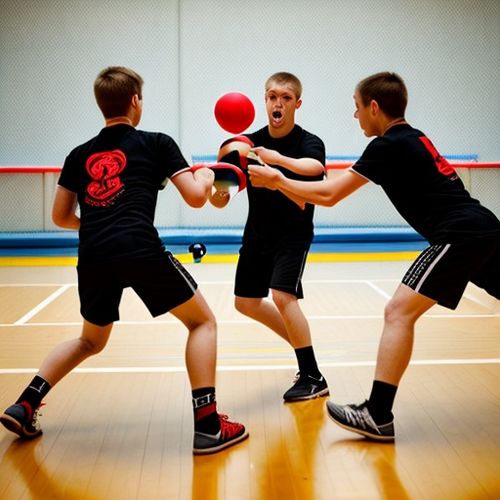
By Christopher Harris/May 8, 2025
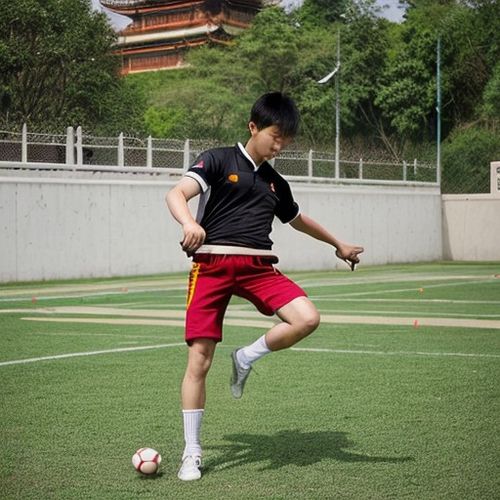
By Laura Wilson/May 8, 2025
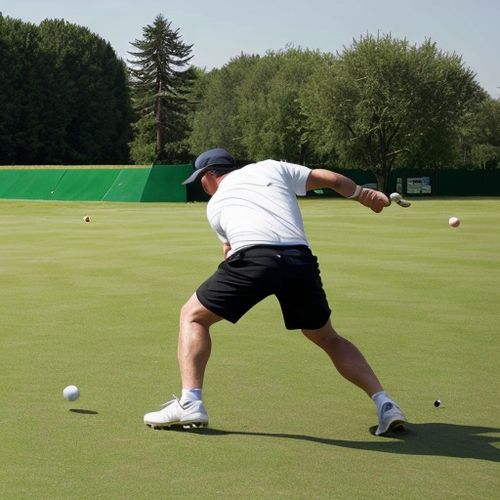
By Amanda Phillips/May 8, 2025

By William Miller/May 8, 2025
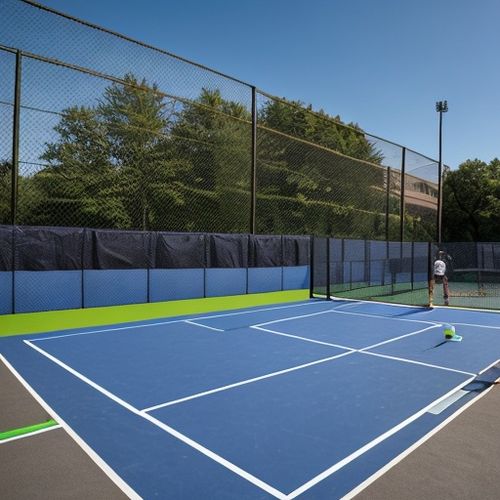
By Noah Bell/May 8, 2025
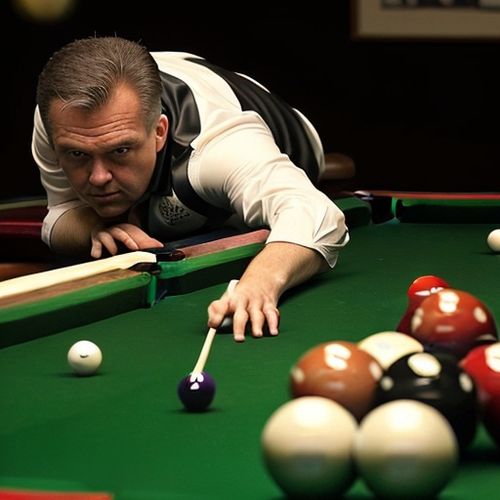
By Elizabeth Taylor/May 8, 2025

By Joshua Howard/May 8, 2025
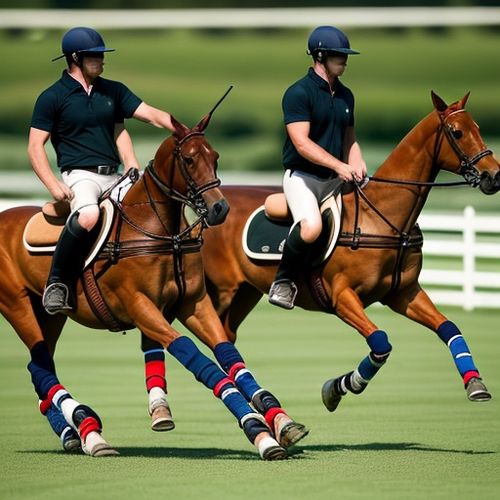
By Ryan Martin/May 8, 2025
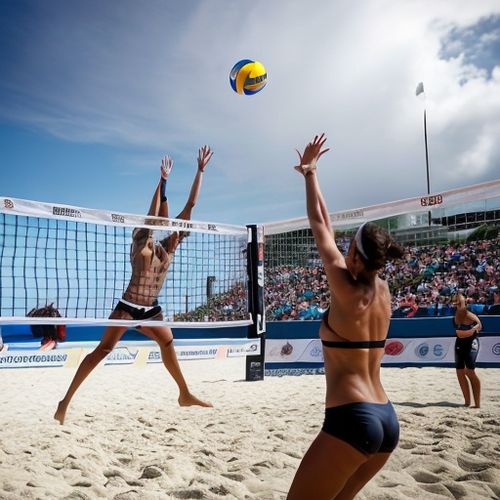
By George Bailey/May 8, 2025
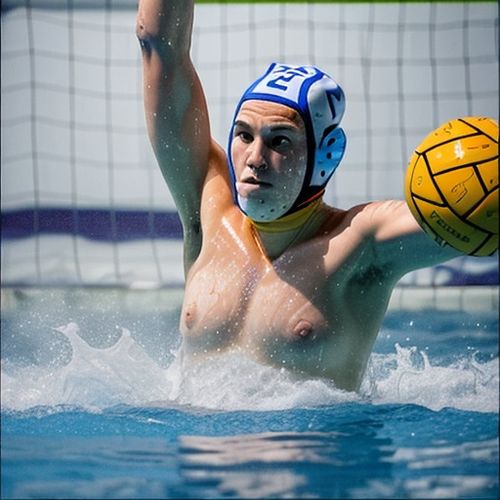
By Natalie Campbell/May 8, 2025
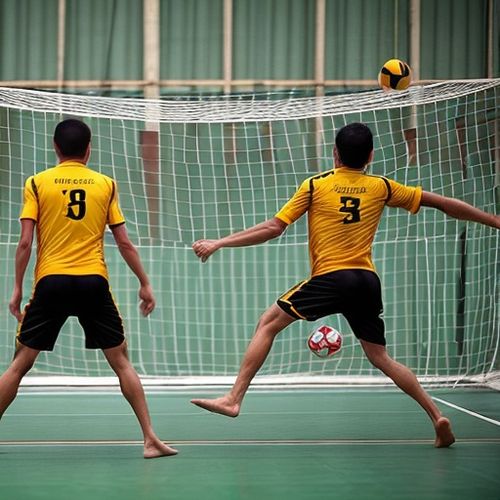
By Joshua Howard/May 8, 2025
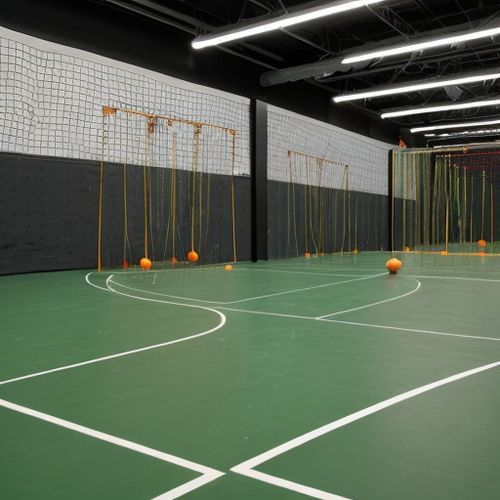
By Elizabeth Taylor/May 8, 2025
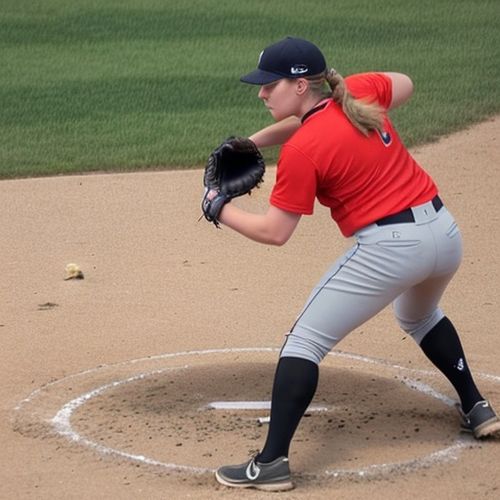
By Samuel Cooper/May 8, 2025
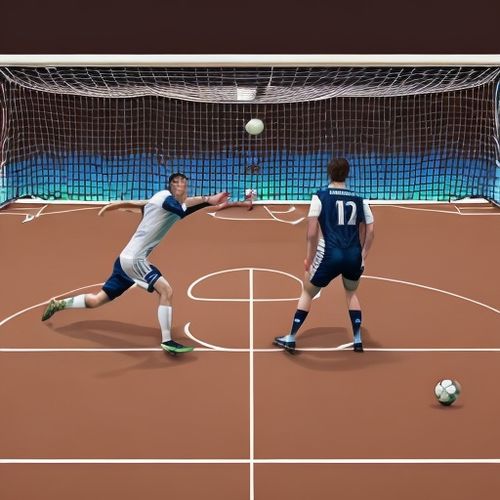
By Joshua Howard/May 8, 2025
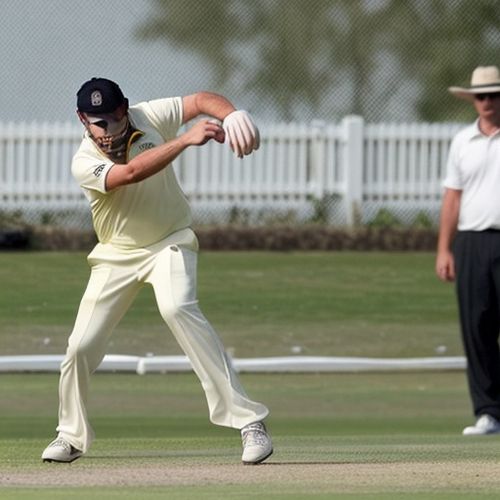
By Grace Cox/May 8, 2025
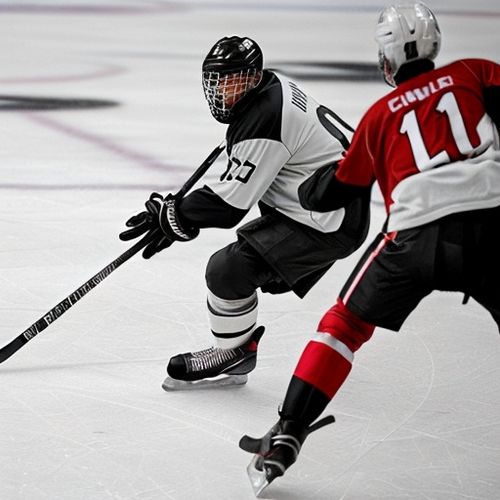
By Christopher Harris/May 8, 2025

By Samuel Cooper/May 8, 2025

By Sophia Lewis/May 8, 2025
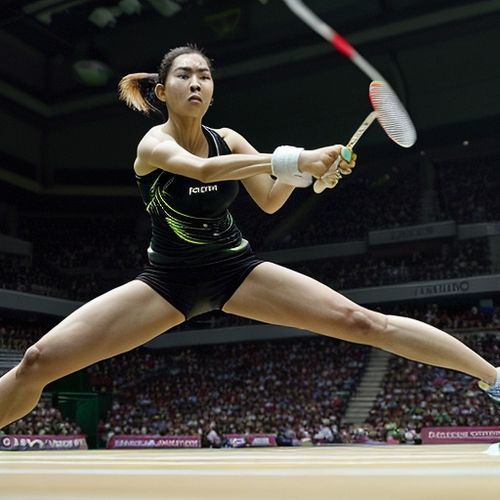
By Eric Ward/May 8, 2025
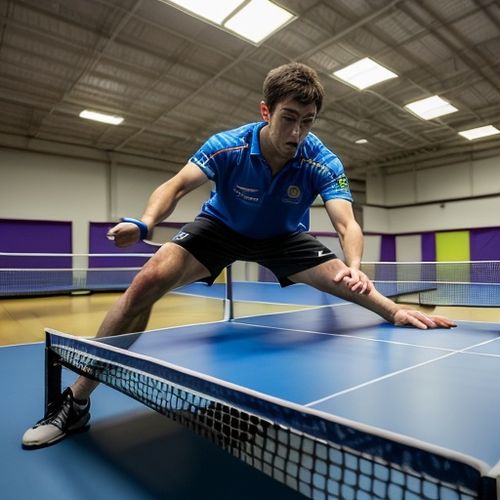
By Sarah Davis/May 8, 2025